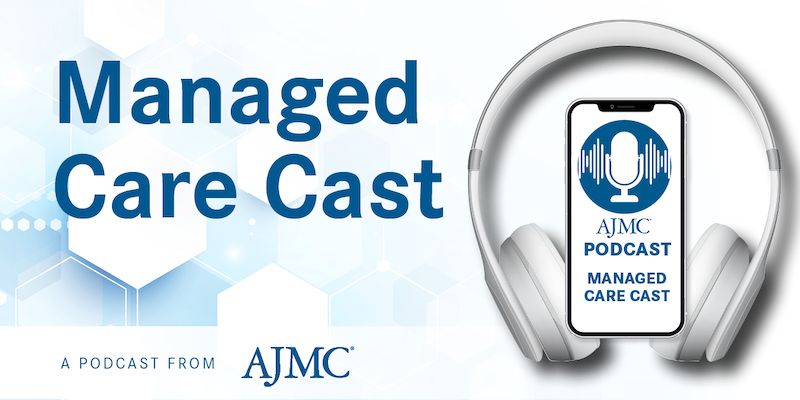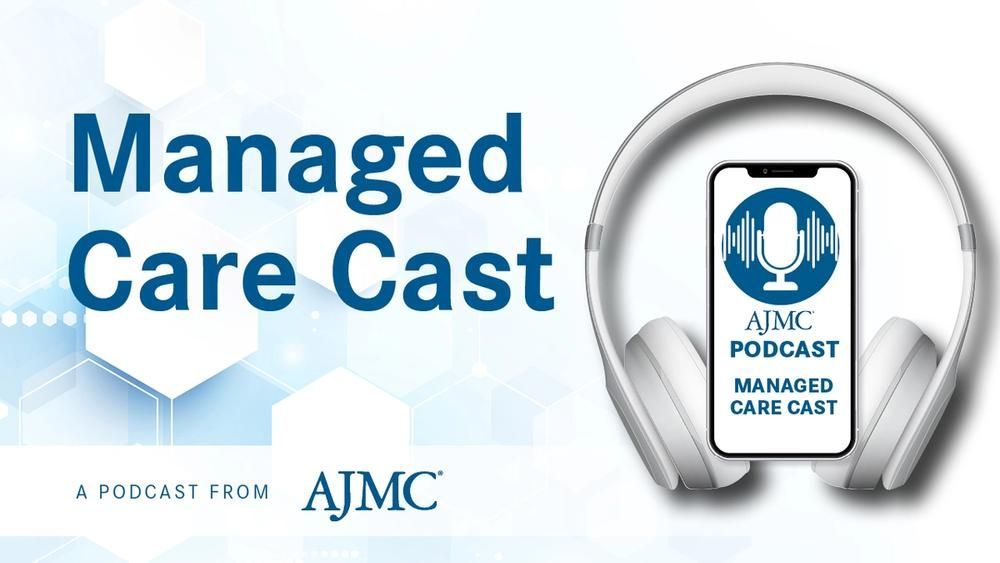News
Article
DLBCL Outcomes Vary Sharply for Patients 80 Years and Older
Author(s):
Key Takeaways
- Patients aged 80+ with DLBCL show lower survival rates and higher treatment failure compared to younger groups.
- Older patients often have less education, live in more deprived areas, and experience siloed care.
A majority of cases of diffuse large B-cell lymphoma (DLBCL), the most common type of non-Hodgkin lymphoma globally, are diagnosed in patients 65 years and older; these patients are a heterogeneous group, and few studies have investigated how their outcomes are influenced by patient characteristics and care management regimens.
Patients who are 80 years and older who have diffuse large B-cell lymphoma (DLBCL), the most common type of non-Hodgkin lymphoma globally, require a higher level of attention and study of their disease and survival outcomes than is currently seen, explains new research in Cancer Epidemiology.1 Overall, patients in this age group comprise the fastest-growing age group in developed countries, the study’s authors explain, but because they are a heterogeneous group and few previous studies have investigated variances in their characteristics, care management, and survival outcomes, more attention must be paid.
Data from the Real-World Data in Lymphoma and Survival in Adults study (REALYSA; NCT03869619) were used for this analysis. All of the patients included were older than 60 years (60-69 years, n = 233; 70-79 years, n = 246; 80 years or older, n = 81), had no prior history of lymphoma, had newly diagnosed DLBCL, and received treatment a between November 2018 and December 2021 at 23 of the 35 hematology departments across France that participated in REALYSA and collected epidemiological data.2 That treatment was either rituximab/cyclophosphamide/doxorubicin hydorchloride/vincristine (Oncovin)/prednisone (R-CHOP), mini R-CHOP (reduced-dose R-CHOP), or another treatment. The primary outcome of interest for the REALYSA study is progression-free survival (PFS) at 5 years, and secondary outcomes of interest include measures at 5 years and 9 years for PFS, overall survival, event-free survival, duration of response, and frequency of second cancers.3
Overall Findings
Among all the patients included (N = 560), the median (IQR) age at diagnosis was 72 (67-77) years.1 The study variables considered were social support, living area, geriatric assessment, and sociodemographic, health-related, and clinical factors. A majority of patients in each age group were male (55%), were married or in a relationship (63%), had a secondary (32%) or postsecondary level of education (17%), lived in an urban location (66%) or low deprived area (60%), had a performance status (PS) between 0 and 1 (82%), and had a Charlson Comorbidity Index (CCI) score of 0 (42%) or 1 (14%).
Compared with the younger patient groups in this analysis, 60 to 69 years and 70 to 79 years, the oldest patient group, 80 years and older, had a lower total level of postsecondary education (17% vs 21% vs 7%, respectively) and lived in a more deprived area (41% vs 36% vs 47%). However, the older groups of patients vs the youngest patients experienced shorter travel time to care facilities (26-27 vs 37 minutes) and had to travel shorter distances (27-28 vs 41 km).
There also were negative correlations seen between activity level and increasing age, as evaluated through PS. From 60 to 69 years to 70 to 79 years to 80 years and older, the proportion of patients with a PS of 0 or 1, meaning they were fully active or partially restricted in their daily activities, fell from 85% to 82% to 77%. Similar results were seen for CCI, in that the proportion of patients with a CCI score of 0 fell from 45% to 41% to 35% with each older age grouping.
Few studies have investigated how the outcomes of some of the oldest patients, 80 years and older, are influenced by patient characteristics and care management regimens. These patients' outcome are often in stark contrast to their younger counterparts. | Image Credit: © DisobeyArt-stock.adobe.com

The oldest patients in this study also suffered from somewhat siloed care, in that 54% of the oldest patients received their cancer diagnosis and received care in the same facility compared with 60% of patients who were aged 60 to 69 years and 70 to 79 years.
In addition, mini R-CHOP was the most common primary treatment regimen among the oldest patients vs the overall patient population who received R-CHOP (81% vs 71%). However, fewer of these patients were alive more than 3 months after their diagnosis: 90% of patients 80 years and older vs 99% of patients aged 70 to 80 years and 97% younger than 70 years. They also had the highest rate of treatment failure at 1 year: 21% vs 13% of patients aged 60 to 69 years and 12% of those aged 70 to 70 years.
Overall, the likelihood of overall survival was lowest at 3 months and 1 year for the patients 80 years and older compared with the patients aged 60 to 69 and 70 to 79 years:
- At 3 months: 86%, 98%, and 97%, respectively
- At 1 year: 75%, 91%, and 95%
Translated to risk, the oldest patients in this analysis has a 2.2-fold greater risk of not surviving following their DLBCL diagnosis (HR, 3.20; 95% CI, 1.73-5.97).
Limitations
The study authors explained that they were unable to estimate the older patients who could have benefited from geriatric health consultations, and that this could have influenced their outcome findings. Plus, many international care guidelines recommend including screening for frailty status as part of geriatric assessment, information from which can be used to optimize treatment decisions.
They also only included patients who received cancer-related treatment, so their findings may not be generalizable to similar age groups who did not receive treatment, as well as those who received care primarily through their hematologist, which meant no differences were observed in care pathways between the age groups. And, the size of the oldest patient group was small overall, comprising just 14% of the total study population.
Next Steps
“This study is one of the rare studies based on real-world data dedicated to older adults, with a focus on the oldest old. Older adults are usually excluded [from] clinical trials, and prospective cohort studies are scarce in this population,” the authors wrote. “Thus, this study brings new elements on characteristics, as well as care management and survival in older adults with DLBCL, in particular the oldest old.”
Still, they note that for a more complete understanding of this patient population, additional population-based data are needed to both reduce selection bias and capture a more comprehensive picture of these patients, their needs, and why the survival gap persists between them and younger patients.
References
1. Cantrelle C, Belot A, Monnereau A, et al. Are oldest old patients with diffuse large B-cell lymphoma different than their younger counterparts: results from the REALYSA real-life cohort. Cancer Epidemiol. 2025:96:102812. doi:10.1016/j.canep.2025.102812
2. Le Lan C, Belot A, Golfier C, et al. Evaluation of participation and recruitment bias in a prospective real world data in lymphoma and survival in adults (REALYSA) cohort for newly diagnosed lymphoma patients over 1 year in a hematology department of teaching hospital Hematol Oncol. 2024;42(4):e3297. doi:10.1002/hon.3297
3. Real-World Data in Lymphoma and Survival in Adults (REALYSA). ClinicalTrials.gov. Updated June 28, 2021. Accessed April 16, 2025. https://clinicaltrials.gov/study/NCT03869619





